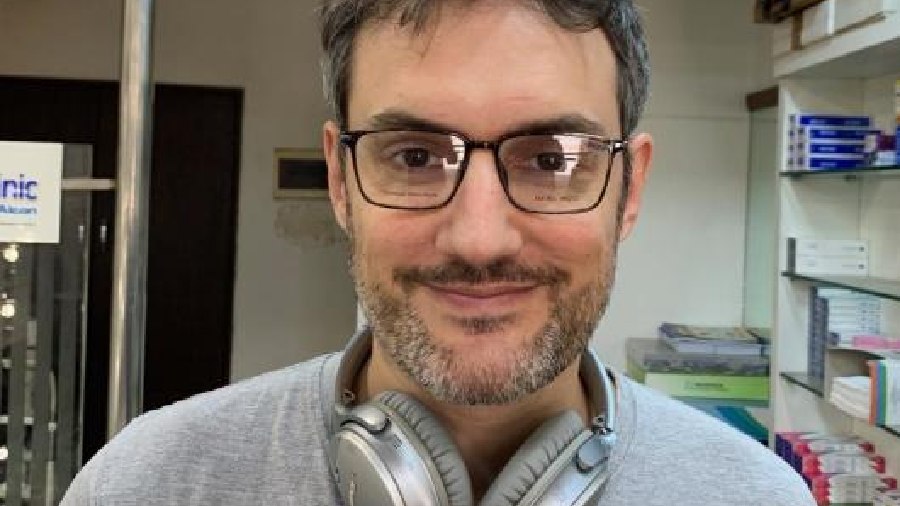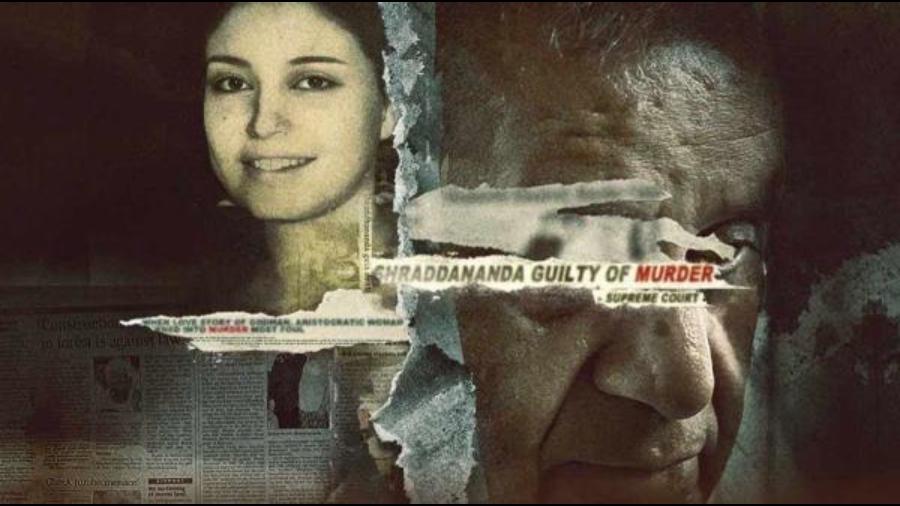Prime Video’s foray into the true-crime documentary genre has resulted in Dancing on the Grave. The four-part series, now streaming on the platform, focuses on the cold-blooded murder of 47-year-old Shakereh Khaleeli, which took place more than three decades ago. Khaleeli’s second husband, Murli Manohar Mishra, a self-styled godman who rechristened himself Swami Shraddhananda, was convicted of burying her alive on the grounds of the vast property she owned in Bangalore’s Richmond Town.
The case, given its brutality and inhuman nature as well as the fact that Shakereh was a woman of immense intelligence, beauty, poise and resources, shook the nation. The case became an important milestone in the Indian judicial system as it was the first where the exhumation process was recorded on video and where DNA tests and the exhumation video were made admissible in court as evidence.
The four-episode series, with the help of talking heads and archival footage, attempts to piece together the case, as well as examine it from both points of view, with Shraddhananda — currently serving life imprisonment — also being interviewed. The Telegraph chatted with the show’s director Patrick Graham (who has horror credits like Ghoul and Betaal) and producer Chandni Ahlawat Dabas to know more.
What made you zero in on the Shakereh Khaleeli murder case for Prime Video’s foray into the local true-crime genre?
Chandni Ahlawat Dabas: We started researching various true-crime stories from our archives and came across this astonishing story... the footage that we had was just incredible! We thought that even though the case was 30 years old, it was a very, very universal story. It is a story with so much shock value and it has the potential to make everyone think, ‘Oh my God! It could happen to me as well!’. We worked on it for a while and took it to Prime Video... we approached Patrick (Graham, director) to see if he wanted to work on this.
Patrick Graham: When I first read the story, it turned out to be a page-turner. It was pretty much the case of truth being stranger than fiction... I just couldn’t put it down. That primary emotion that I felt when I first read the story stayed with me all through the making of the project.

A young Shakereh Khaleeli

Patrick Graham, the director of the series
In a case with so much shock value, what has been the most unsettling aspect for you?
Chandni: We have lived with the story for a very long time. The most interesting part for me was what motivated this lady (Shakereh) to do what she did (abandon her first husband and four daughters, being shunned by her family and marry a second time). This wasn’t really about Murli Manohar (aka Swami Shraddhananda) and what he did... it was really about her. That was a really, really interesting thing to look at... unhappiness in a marriage, stepping out of it and also a feminist viewpoint on her motivations. I found that aspect incredibly interesting to look at through a documentary.
Patrick: The core of the story is this enigma about Shakereh, the victim of this terrible tragedy... what motivated her, why did she do what she did. In other versions of this story that I had read and watched before, that I found was a slightly underexplored aspect. I wanted to explore more of who she was.
Chandni: When you hear her family speak, it’s just heartbreaking. The tragedy that unfolded because of the choices Shakereh made really jumped out when they spoke. Through this documentary, we also wanted them to have a platform, a voice.
Why is it called Dancing on the Grave?
Chandni: That’s what the case is called on the charge sheet. The name was one of the most compelling things about the case, which the family also pointed out. This man was a monster... he was hosting parties on the very spot where Shakereh had been buried alive. And that’s where the name came from.
What were the biggest challenges in making this story cinematic enough to engage the viewer over four episodes?
Patrick: It comes down to the usual challenges of writing an engaging story. We had to use a whole bunch of different building blocks... dozens of hours of interviews, sifting through stock and archives, previous news reports.... I had to construct a script out of these bits and pieces, which was a really interesting exercise. And, of course, so much of it comes from the edit itself. There was an incredibly collaborative process between me and my co-writer Kanishka and the editors working on the project as well.
It was a very intriguing, invigorating puzzle putting this story together and also keeping in mind that we had to keep the viewer engaged, we had to ensure that the twists and turns keep singing to the audience....
Chandni: Getting the family members to speak their hearts out was a challenge. This is a real story, which can only have that many twists and turns. Audiences, these days, are used to watching scripted content with scripted twists and turns. And I always find myself having that argument that while you want to make it binge-able, you can’t manufacture the twists and turns. From a documentary film-making perspective, that is a very big challenge today.
Patrick: We have a very fascinating set of people on the show. Before this, I had never spoken in so much depth with journalists, judges, prosecutors, lawyers, policemen, and family members... this was a fascinating array of characters to talk to. We shot all of their interviews in their own spaces, which enabled us to know about them as well.
What makes true crime such a popular genre?
Chandni: First, everyone is slightly voyeuristic. And second, people want to watch and have that feeling, ‘Oh my God! I am glad it didn’t happen to me.’ True crime becomes interesting when you look beyond the case and see its context rather than just looking at the spine of the story. There is a huge audience for true crime and whatever we do in this format, we would always want it to be a tale of caution.
Patrick: People like a good mystery, don’t they? They like whodunits... they like to debate with their friends and family. True crime is a conversation starter.
Patrick, after dealing with ghosts in a dystopian world in Ghoul and redcoat zombies in Betaal, has Dancing on the Grave made you realise that man is the real monster?
Patrick: True. The best horror stories pivot to that angle anyway... that the real monster is the human being. Most zombie films are about that.
I have always been a true crime connoisseur... as soon as a new true-crime documentary comes out, I am always the first to binge-watch it. So doing this series was a dream come true for me. I always wanted to dabble in unscripted true-crime storytelling and I brought my cinematic vision to this.
Which shocking true-crime case would you like to watch on screen? Tell t2@abp.in











